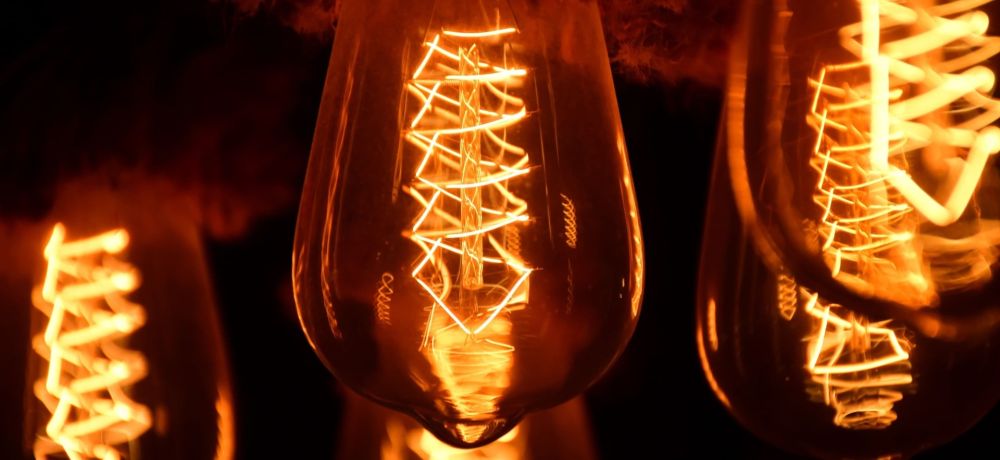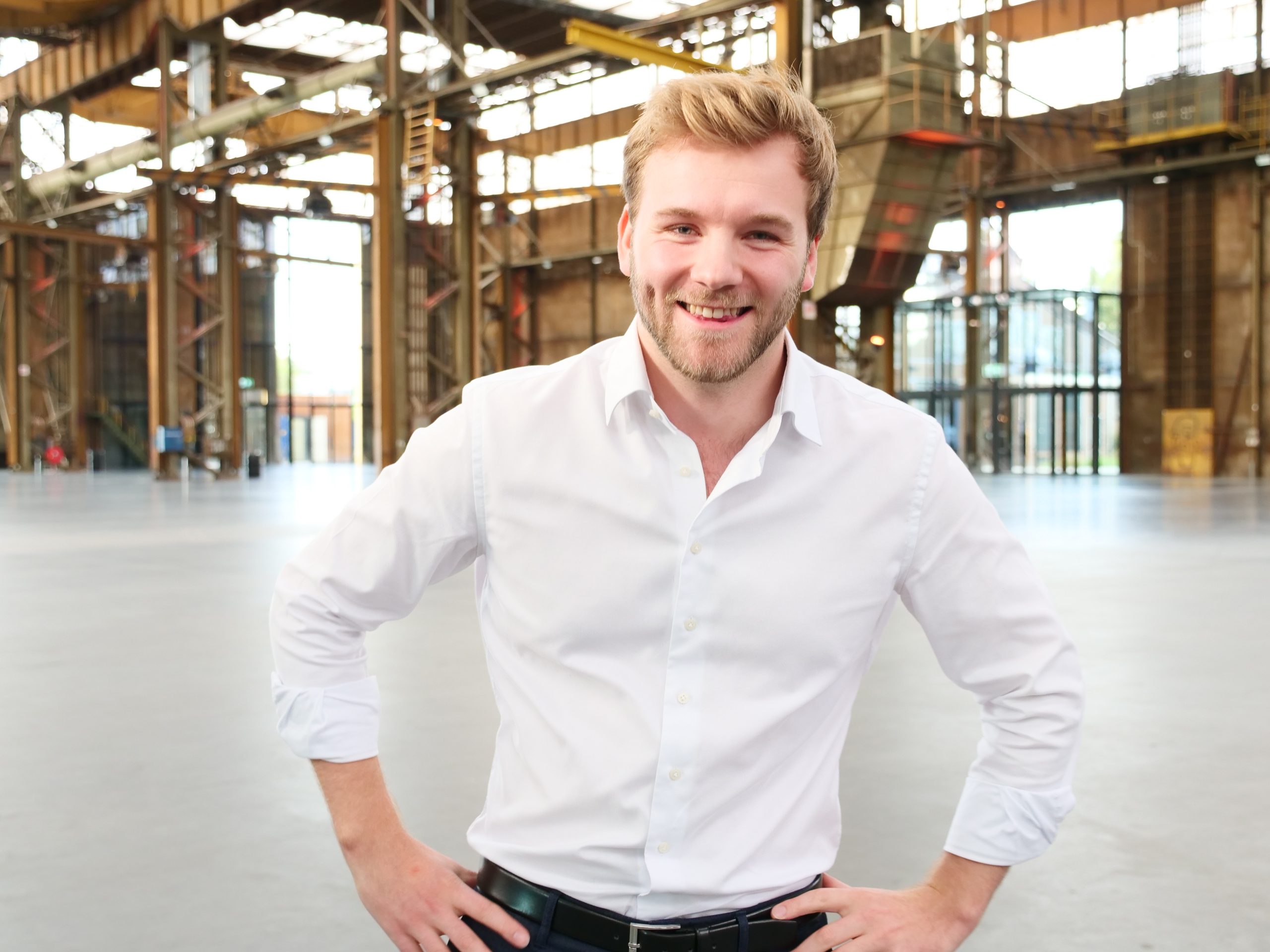
The Neuroscience of Habits: Individual & Organizational
This article on the neuroscience of habits was co-created with our valued partner Guy Shpak PhD. from the Mindset Framework while developing a training on this topic. If you’re interested in a neuroscience of habits training tailored for your team or organization, get in touch here.
The purpose of this article is to set the foundations for a designated training related to the neuroscience of habits and the implications for individuals and organizations. This article will provide an introduction to the importance, nature, and underlying mechanisms of habits. While the training (and article) includes behavioral aspects related to the formation of new habits and the modification of existing ones, a focus is given to the neuroscientific aspects of both processes. Specifically, this article highlights the underlying mechanisms of learning and memory, as the foundations for creating and modifying habits.
Why it is important to understand the neuroscience of habits?
Every second, our brain needs to analyze an enormous amount of both internal (from our own body) and external (environmental) information and produce behavioral responses which ideally, appropriately fit the given circumstances. By creating “algorithms” that can be executed automatically, we save valuable time needed to assess repeated situations over and over again. These “algorithms”, which we call habits, shape our behavior and actions, determining how we respond to different situations in our daily lives. While individual habits are crucial to understand, it is also essential to recognize the impact of organizational habits on the overall success of a company or institution.
Individual habits refer to automatic routine behaviors or actions formed through repetition and reinforcement which we perform without conscious thought. The value of these behaviors depends on the context; we can define “good habits” that can lead to desired outcomes (your morning run), and “bad habits” that can lead to failure or negative consequences (your post-morning run cheese-ham croissants breakfast). Organizational habits refer to the collective behavior patterns within a group or organization, which are often established through social norms, cultural values, and shared expectations. These habits can significantly affect the performance, efficiency, and overall culture of an organization.

The Benefits of Understanding the Neuroscience of Habits
At the individual level, understanding how our brain forms habits can help us in several ways:
- Forming desired habits: By learning how habits are created, we can develop effective strategies for establishing positive habits that support our goals.
- Breaking undesired habits: If we understand how habits are formed, we can work to break bad habits and replace them with better ones. This can help us improve our health, relationships, and overall quality of life.
- Personal growth: By understanding how to create new habits and replace old habits with new ones, we can further challenge ourselves to grow and improve in various areas of our lives.
Understanding habits from an organizational perspective is relevant for several reasons:
- Improved efficiency: Efficient habits within an organization can lead to streamlined processes, increased productivity, and reduced time and resource waste. By understanding and modifying these habits, organizations can optimize their operations and enhance their overall performance.
- Enhanced employee well-being: Positive organizational habits can promote a healthier work environment, leading to increased job satisfaction, lower stress levels, and improved mental health among employees. Understanding and fostering such habits can contribute to employee retention and overall workplace satisfaction.
- Greater adaptability: Organizations that are aware of their habits are better equipped to adapt to change. By understanding the underlying mechanisms of their habits, organizations can implement effective strategies for modifying these habits and adapting to new challenges, technologies, or market conditions.
- Stronger company culture: Organizational habits can significantly contribute to a company’s culture, influencing employee behavior, and shaping the overall identity of the organization. Understanding and consciously developing positive organizational habits can help create a cohesive and productive company culture.
Developing an organizational understanding regarding habits and how they are shaped and changed has become crucial due to an increasingly dynamic and competitive business environment. Companies must continuously adapt and evolve to maintain their competitive edge, and effectively managing organizational habits is a crucial aspect of this process. Done effectively, this can increase:
- Competitive advantage: Companies that can efficiently identify, develop, and modify their habits are more likely to gain a competitive advantage over competitors. Understanding and mastering habits can enable organizations to innovate more effectively and respond more quickly to changes in the market.
- Employee retention: In a competitive job market, retaining top talent is a priority for organizations. Understanding and promoting positive habits can contribute to a more satisfying and supportive work environment, making it easier for companies to retain their best employees.
- Agility and innovation: The ability to adapt and innovate is essential for organizations to thrive in today’s rapidly changing business landscape. By understanding the habits that drive their behavior, organizations can cultivate a culture of continuous improvement and innovation.
Understanding habits from both an individual and organizational perspective is essential for achieving success in today’s competitive and ever-changing business environment. By examining the behavioral and neuroscience of habits, companies can develop effective strategies for modifying their habits and achieving their organizational goals.
Creating individual habits
Habits are generally considered behaviors that are learned in a certain context following repetition and are executed automatically, without a conscious process of decision-making. Let’s take having a sweet tooth as a habit and consider the following scenario as an example: since you were a child, you were offered a dessert after (or even if) you will finish eating. Now, deep into your adulthood, you likely still crave that sweet treat after every dinner. Interestingly, this craving can be associated not only with food, but also with other, seemingly unrelated stimuli, like the presence of a certain individual, or physical location. In case the dessert was initially offered in a certain context, like your grandparents’ house, for example, your brain might develop an association between this specific context and the craving for something sweet. Just being at your grandparents’ house, or even thinking about their house is sufficient to evoke this need for something sweet. How does that happen?
The Neuroscience of Habits: Individual
Let’s break down what your brain is experiencing once you walk into your grandparents’ house and have a sweet dessert for the first time. Once you walk in, information from all your senses is converged in your brain and a meaning that was assigned in your past is emerging; the sight of that specific house, of these individuals you refer to as your grandparents, the dining table, and so on. Your olfactory system mediates familiar smells, like the one of your grandmother’s favorite dish, the typical smell of wooden floors, etc. All that information (and more) is labeled in your brain as “grandparents’ house”. You sit down and enjoy your grandmother’s lovely dish, which is also coded in your brain to represent this specific combination of tastes, smell, texture, temperature, and so on. One day, something new happens.
You finished eating and you are offered this heavenly chocolate brownie, which you eat with much pleasure. Your brain now creates a new memory, one that assigns a positive value to this brown square sitting on the plate. However, although this brownie is a new information item separate from your family, and even the dinner you had, this new memory is not independent of the context. Given the high positive value of this experience, your brain will seek more opportunities to experience that, and due to the association between the context and consequence, the most logical scenario is the family dinner at your grandparents’ house. And luckily, there comes the next dinner at your grandparents’ house.
The Role of Memory & Association
Think about the above story as composed of many information items, each represented by a light bulb. A certain combination of bulbs that are turned on represents a memory or experience made up of different elements. Each bulb can be turned on in different circumstances, and although it always represents the same information item, in each combination its value will add up differently, according to the information of the rest of the bulbs. And here is the key concept; when we think about habits, we need to understand that the chances of a certain bulb being turned on are higher within a certain combination, compared to others. In the above story, the chances of the “dessert bulb” to be turned on are higher when the “grandparents’ house bulb”, “dinner bulb”, or “family bulb” are also on, regardless if we consciously make this connection or not. The likelihood of turning on the “dessert bulb” during a football match is much lower. In other words, whenever our brain will analyze any of the information items related to this story, there is a high probability that other items will be activated too.
This principle is one of the most fundamental concepts in neuroscience and it is called Hebbian learning, named after the Canadian psychologist Donald Hebb. When describing the learning process at the cellular level, Hebb said that “cells that fire together wire together”, meaning that when the activity of a group of neurons in the brain coincides, this group will form an ensemble that will further be activated as a group whenever a component of this group will be activated. As a concept, we can think about each information item, or a light bulb in the above story as a component in an ensemble. Once one bulb is turned on, the whole ensemble follows. The formation of such an ensemble is the foundation of our habits.

Creating organizational habits
When it comes to organizations, we move from the neuroscience of habits to behavioral science. From the perspective of organizational behavior, the process of acquiring new habits in organizations involves a systematic approach grounded in behavioral science principles. These principles help organizations create conditions that support the development of desired habits among their members, leading to enhanced productivity, improved collaboration, and a healthier work environment. Let’s go over some strategies that organizations can optimize the acquisition of new habits:
- Set clear and specific goals: Clearly defining the desired habit and the expected outcome can help individuals focus on the target behavior. Using frameworks like SMART (Specific, Measurable, Achievable, Relevant, and Time-bound) or EAST (Easy, Attractive, Simple, and Timely) can help to maximize their effectiveness.
- Encourage repetition and consistency: Habits are formed through consistent repetition over time. Establish routines and schedules that promote the regular practice of the desired habit, making it easier for individuals to incorporate the new behavior into their daily lives.
- Utilize positive reinforcement: Encourage the adoption of new habits by rewarding individuals for their efforts. This can include verbal praise, public recognition, or tangible incentives such as bonuses or promotions. Positive reinforcement helps to strengthen the association between the desired behavior and a positive outcome.
- Leverage social influence: Social influence can be a powerful tool in promoting habit formation. Encourage teamwork, create peer accountability systems, and foster a culture where individuals support each other in achieving their habit-related goals. Public commitment can also increase the likelihood of sticking to new habits.
How we can modify existing habits?
For modifying individual habits, we need to keep in mind the ensemble described above and consider what keeps this collection of information items connected. Knowing that will enable us to either easier acquire new habits or modify old ones. Going back to the metaphor of collection of light bulbs, we can imagine that the connections between these bulbs are dynamic, and the strength of these connections is constantly changing. The more a certain ensemble is activated, the stronger these connections are.
On the other hand, if a certain “bulb” is being used in several ensembles, it is possible that for ensembles that will be less active, the connections to this bulb will decrease, and other ensembles will be more dominant. This ability of our brain to modify the physical connections between individual neurons, and eventually brain regions, is referred to as plasticity, with the overall phenomenon known as synaptic- (for neurons) or neuroplasticity (as a global process). Neuroplasticity refers to the brain’s ability to reorganize and adapt its structure in response to new experiences, learning, injury, or disease. The mechanisms of neuroplasticity are fascinating and while we discuss its relevance for the neuroscience of habits, it deserves a separate, future article.
The Neuroscience of Habits: Neuroplasticity
Practically, there are several ways we can improve neuroplasticity processes:
- Learning new skills: The mere act of stimulating our brain with new experiences is in itself keeping the brain plastic and flexible, mainly due to providing more and more context (light bulbs in our metaphor) that are integrated into different ensembles. So, learning a new skill, language, or instrument can improve neuroplasticity.
- Physical exercise: The brain is a biological organ with a very high metabolic demand. Regular physical exercise has been shown to increase the growth of new neurons and synapses in the brain, which can support neuroplasticity.
- Meditation: Similarly to physical exercise, mental exercise is vital for our brain’s health and function. Mindfulness meditation, for example, is such an activity that has been found to increase the thickness of the prefrontal cortex, which is associated with attention and self-awareness, reflecting neuroplastic processes.
- Sleep: Sleep has many functions related to the brain’s health and function, one is considered as enabling the metabolic conditions essential for brain plasticity.
- Brain training exercises: Although this one needs to be taken carefully, some evidence-based brain training exercises may improve neuroplasticity by challenging the brain to learn new things or to think in different ways. While the principle is similar to learning new skills, in practice it may be more accessible and feasible to use such activities.
Modifying Organizational Habits
In addition to acquiring new habits, organizations must also address the challenge of modifying existing habits that may hinder their progress or undermine their culture. The process of modifying habits requires a targeted approach that identifies the underlying factors driving the habit and seeks to replace or disrupt them. By using behavioral science principles, organizations can implement the following strategies to modify existing habits:
- Identify the habit loop: Analyze the cue, routine, and reward that constitute the habit loop. Understanding this loop can help pinpoint which elements need to be changed to modify the habit effectively.
- Replace the routine: Instead of attempting to eliminate the habit altogether, focus on replacing the routine with a new, more desirable behavior that fulfills the same purpose. This makes it easier for individuals to transition from the old habit to the new one while still satisfying the underlying need.
- Modify the environment: Change the physical or social environment to disrupt the cues that trigger the habit. This can involve rearranging the workspace, altering team dynamics, or implementing new policies that discourage the undesirable behavior.
- Monitor progress and provide feedback: Regularly track and evaluate progress towards habit modification. Provide constructive feedback to help individuals identify areas for improvement and celebrate successes to reinforce the desired behavior.
Hopefully you found this article on the neuroscience of habits for individuals and organizations insightful. If you enjoyed reading it, please consider sharing it with a colleague or friend. Read more articles on our blog or watch 100+ videos on our Youtube channel!
About Neurofied
Neurofied is a behavioral science company specialized in training, consulting, and change management. We help organizations drive evidence-based and human-centric change with insights and interventions from behavioral psychology and neuroscience. Consider us your behavioral business partner who helps you build behavioral change capabilities internally.
Since 2018, we have trained thousands of professionals and worked with over 100 management, HR, growth, and innovation teams of organizations such as Johnson & Johnson, KPMG, Deloitte, Novo Nordisk, ABN AMRO, and the Dutch government. We are also frequent speakers at universities and conferences.
Our mission is to democratize the value of behavioral science for teams and organizations. If you see any opportunities to collaborate, please contact us here.

